From an AI bionic hand to a new hybrid power station in the Northern Territory, here are 10 of this year’s most popular create digital articles.
In 2023, engineers in Australia and overseas once again innovated, pushed boundaries and found solutions to confounding problems.
Take for instance the bionic limb that uses AI to decode motor commands, the Australian company making waves in ocean clean-up, the public transport app for people with low vision, or a new hybrid power station in the Northern Territory.
So sit back and enjoy revisiting 10 of this year’s most popular create digital articles.
1. How this remote town became an energy pinnacle of Australia
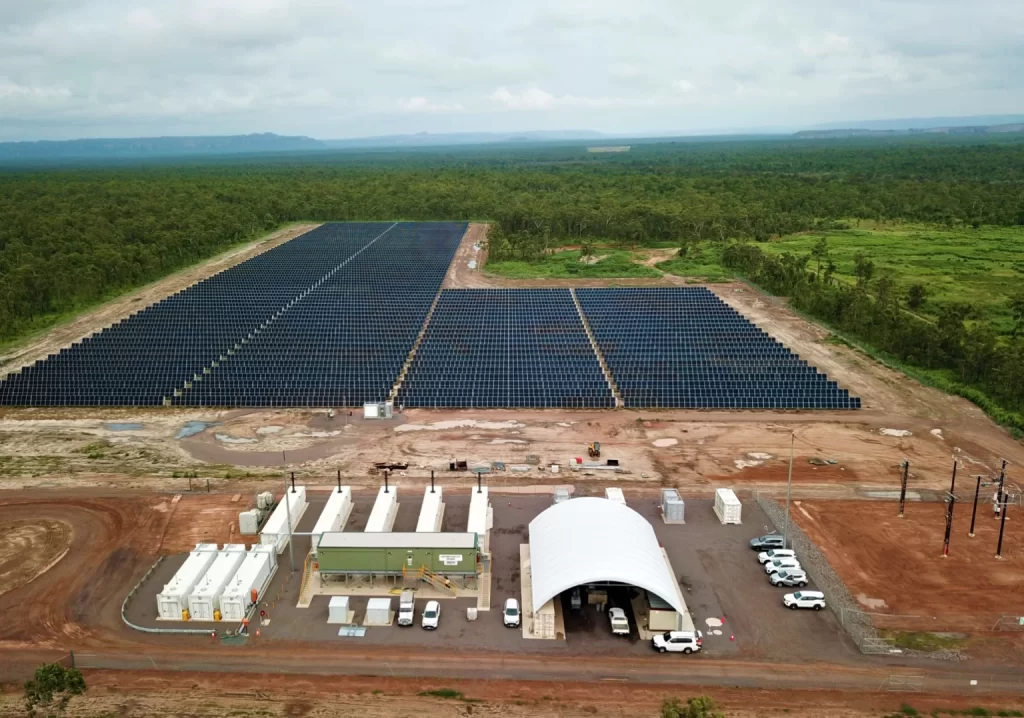
A new hybrid power station in the Northern Territory provides a glimpse into our renewable energy future.
Jabiru Hybrid Renewable Power Station, which integrates a 3.9MW solar farm with a 3MW/5MWh battery and 4.5MW diesel generation, has a minimum 50 per cent renewable energy target per annum, achieved through a mix of solar and battery.
Taking Jabiru’s rich cultural history into account through community and cultural engagement was central to the project’s success.
2. Bionic limb that uses AI to decode motor commands
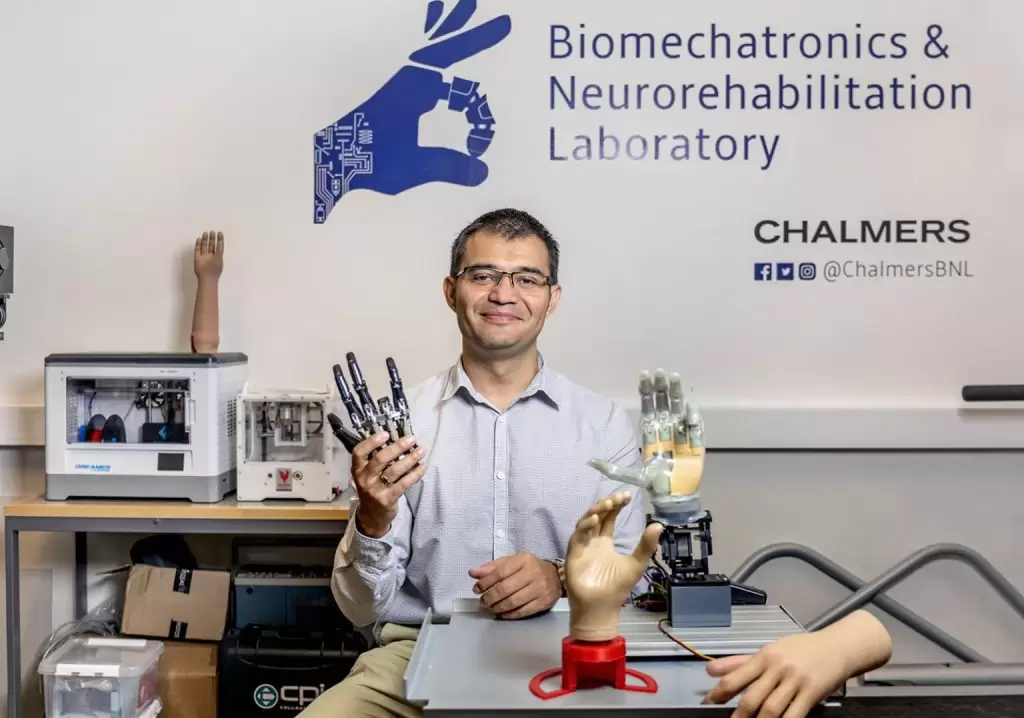
Using a combination of surgical reconstruction, a novel neuromusculoskeletal interface, and artificial intelligence algorithms to decode motor commands, this technology allows a patient to have intuitive movement of each finger of their bionic hand.
“We enhanced the nerve and muscle connections that would normally be found in the arm by taking the patient’s peripheral nerves that were severed by the amputation, splitting them, and then reconnecting them to a different muscle target in which we also placed implanted electrodes,” Professor Max Ortiz Catalán told create in July.
According to the Bionics Institute, this is the first documented case of an individual with an amputation above the elbow who is able to control a bionic hand as if it was their own.
Read more about this innovation.
3. T3 Collingwood and its innovative approach to mass timber buildings
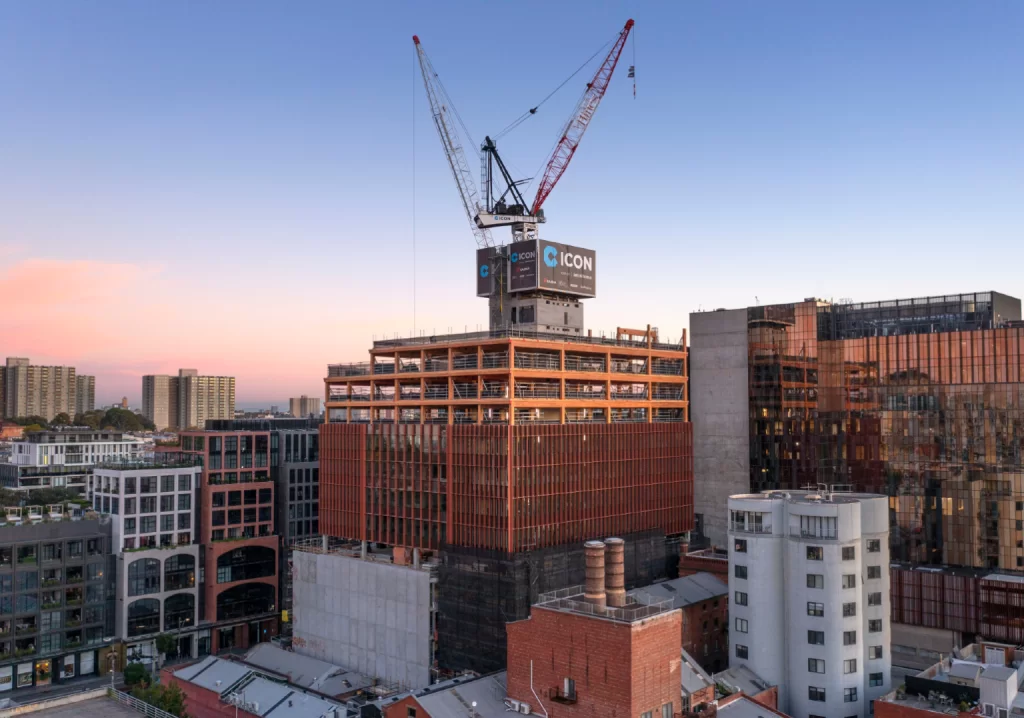
A new office building constructed using mass timber represents a new way of thinking about sustainable infrastructure.
As presented at Engineers Australia’s Climate Smart Engineering (CSE23), T3 Collingwood is believed to be Melbourne’s tallest hybrid timber office building. Eight of its 15 storeys are entirely timber and the building site spans 2120 m2.
“When you’re [working with] timber, you really want to design for timber,” Andrew Thompson said, adding that the engineering team did not wish to “shoehorn” the material into places it did not belong or had not been considered.
4. 10 essential movies for engineers
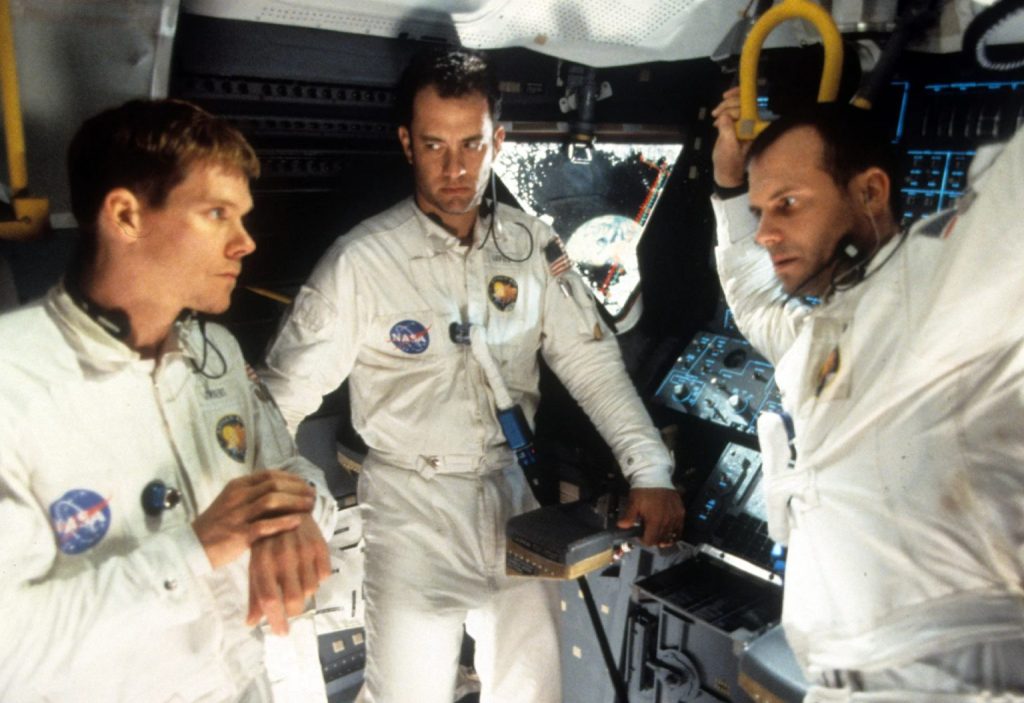
From vintage dramas to high-octane thrillers, from animated family films to Bollywood comedies, there is no shortage of films with a focus on engineers and how they do what they do.
Take the 2004 film Primer as an example. It centres on two engineers, supplementing their day jobs with building experimental tech in their garage, who accidentally discover time travel. What follows is one of the most inventive and sophisticated films about time travel ever made.
5. Uluu is making waves in ocean clean-up

The world’s oceans are estimated to contain more than 170 trillion pieces of plastic. Enter Uluu, an Australian company aiming to change that.
The team is trying to develop an alternative to plastic that’s good for the world.
“We’re still missing a truly compelling alternative [to] fossil plastic,” Dr Julia Reisser told create in September. “And the reason for that is twofold. One is on the feedstock [raw material] side … we currently [produce] more than 400 million tonnes of plastic a year.
“Then on the material side, we can’t live without plastic as a modern society.”
6. New public transport app for people with low vision
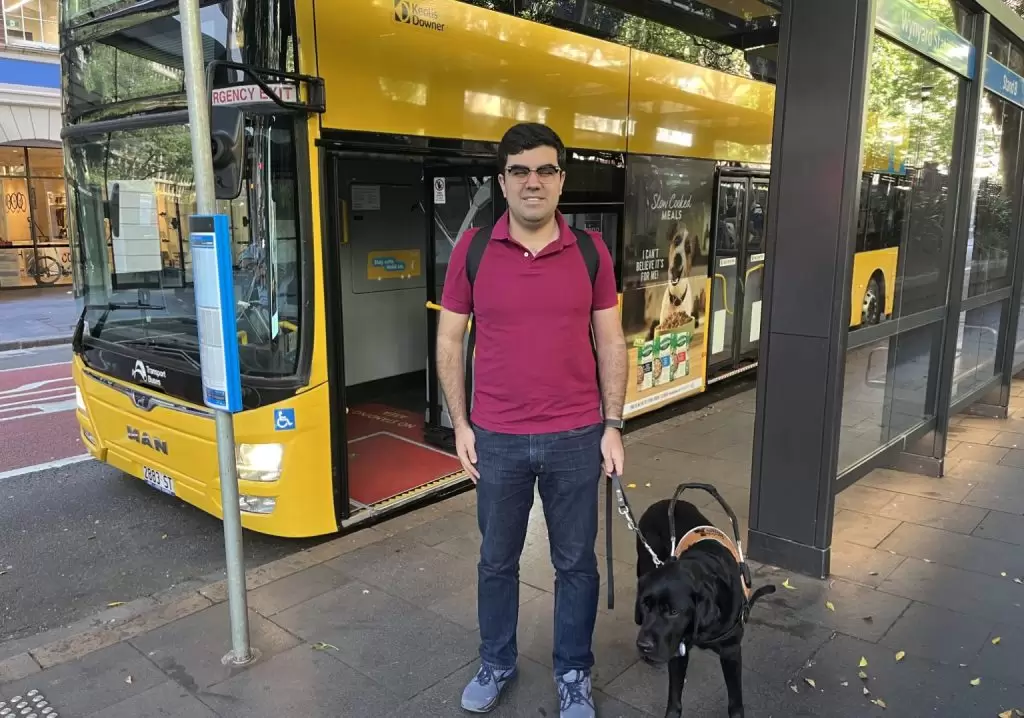
Electrical engineer Santiago Velasquez has helped to develop an app that could make riding public transport significantly more accessible.
Hailo is a ride-hailing app, currently in development, that allows users with a vision impairment to effectively ‘pre-book’ their ride, providing the capability to select which service they wish to board and, once onboard, at which stop they’d like to disembark.
According to Velasquez, who uses a smartphone equipped with a screen reader, this can make riding public transport significantly easier.
“All of the information gets sent to the vehicle so the driver knows in advance,” he told create in November. “That way, you don’t have to hail it or know when to press the button once you board.”
7. Six insights into Australia’s engineering population
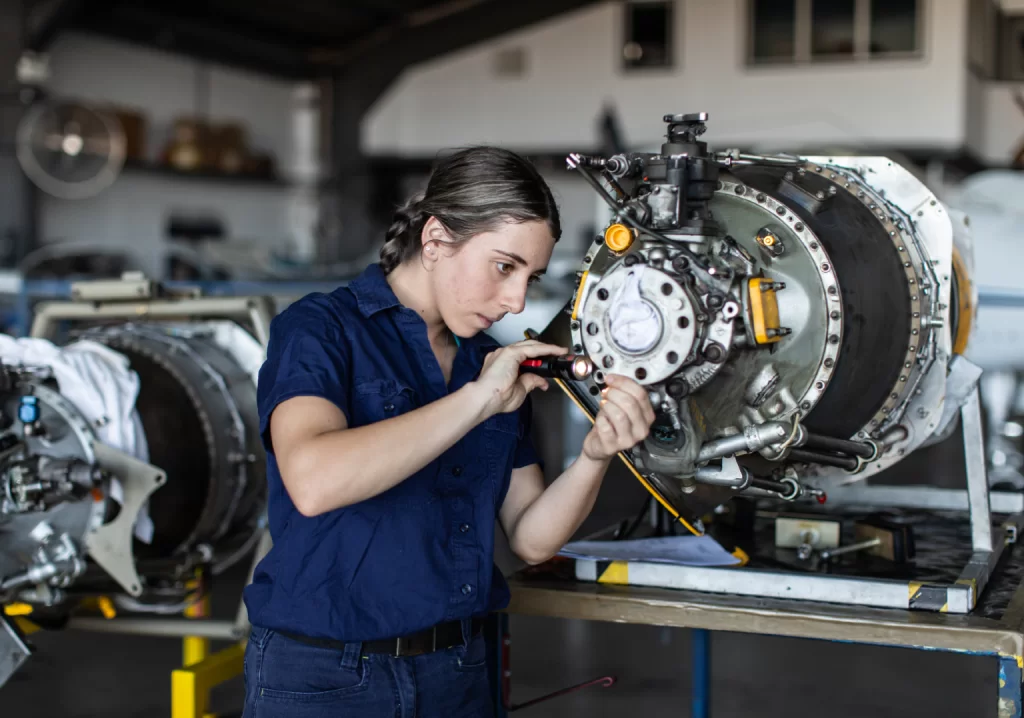
Data analysis from Engineers Australia reveals the demographic and professional composition of the nation’s engineers.
“More than anything, we wanted to make the data accessible to our members and the wider community,” Peter Briggs GradIEAust told create in November.
One of the key takeaways?
“Engineering is a younger profession than I realised,” he explained. “Nearly half of Australia’s engineers today are under the age of 40 – that was a surprise to me.”
8. Photonic finish

Recent advances have expanded an old material beyond niche telecommunications applications and put it at the forefront of a potentially thriving new Australian industry.
“In the past, lithium niobate was available as a bulk material, so this meant rather thick substrates, and what became recently possible is to have these as very thin films,” Dr Andy Boes told create in May.
“This enables its integration with other platforms or confining the light and enabling these tight circuits to integrate more components.”
It also means lithium niobate could address some of the shortcomings of silicon.
Read more about this innovation.
9. The ins and outs of cyber engineering

Cybersecurity and data protection are a rapidly growing industry that the Australian Government projects will be worth $7.6 billion by 2024.
In the Optus network breach alone, cybercriminals believed to be working for a state-sponsored operation may have accessed data of up to 9.8 million customers — accounting for about 38 per cent of Australians.
Combating cybercrime requires robust prevention and response, but a number of leading cyber engineers say that’s only the beginning.
10. Sprayable nano-inks could be the key to bendable screens

An international team of scientists is developing an inkable nanomaterial that they say could one day become a spray-on electronic component for ultra-thin, lightweight and bendable displays and devices.
“Tiny and versatile particles of zinc oxide can now be prepared with exceptional control of their size, shape and chemical composition at the nanoscale,” Dr Joel van Embden said.
The zinc oxide nanocrystals can be formulated into ink and deposited as an ultra-thin coating. The process is like ink-jet printing or airbrush painting, but the coating is hundreds to thousands of times thinner than a conventional paint layer.
Read more about this innovation.
Revisit more of this year’s engineering projects and innovations — in video.



